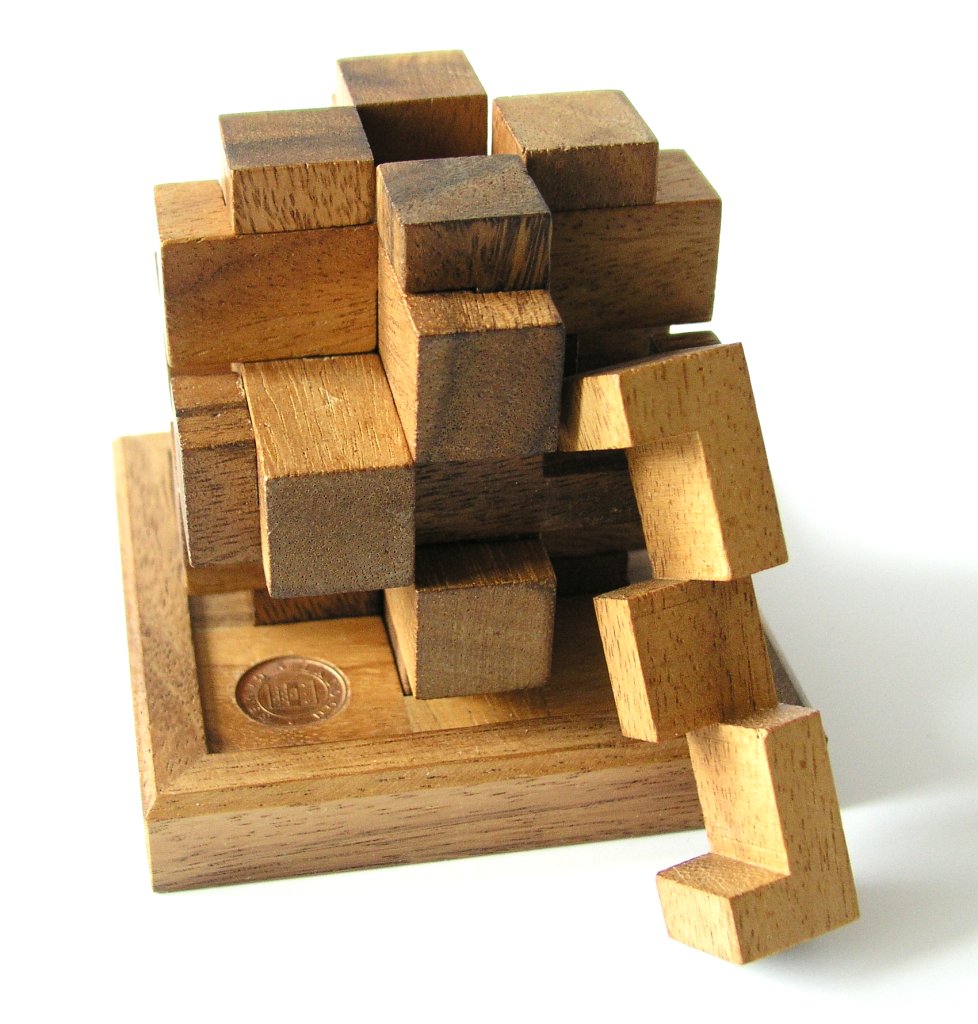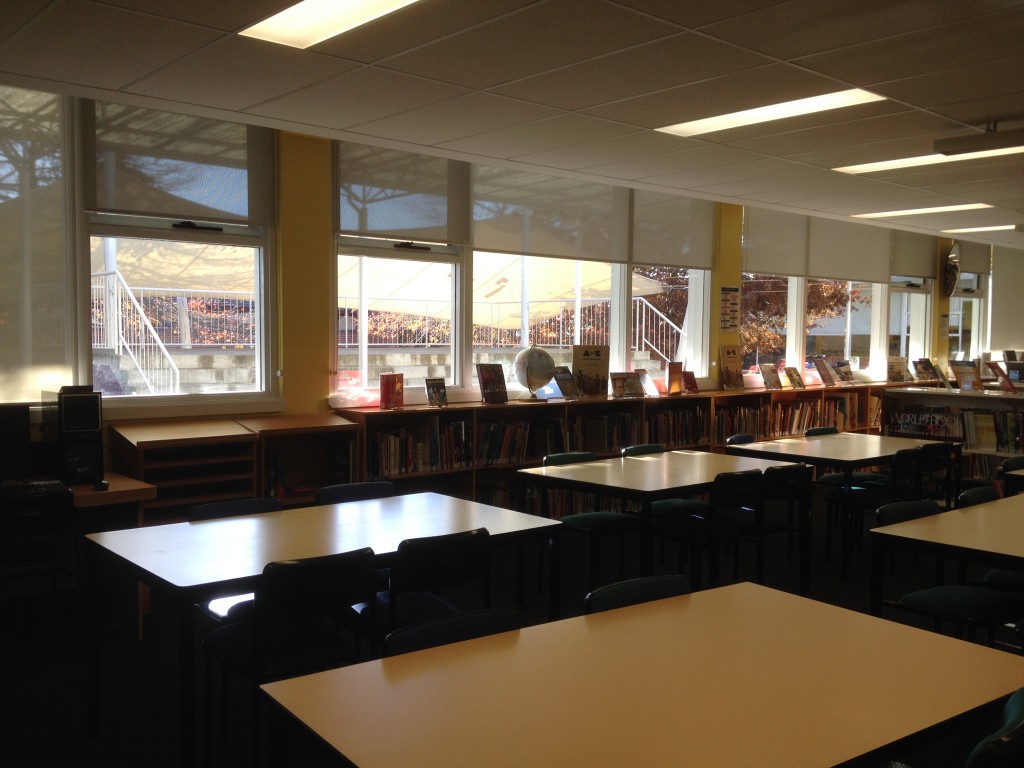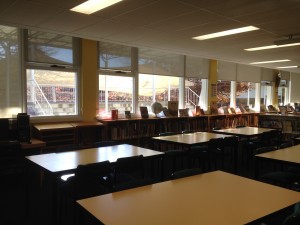Justified censorship or overly sensitive?

There’s been a great discussion on the Tassie school library listserv this week regarding the book “Six White Boomers” and whether, in light of Rolf Harris’s recent incarceration for sexually abusing a number of young girls, this book should be removed from the shelves.
Wow, this is tricky. There is no excuse, ever, for abusing children. (Or adults for that matter).
But.

Puzzle
Do we judge each book and resource in the Library by the personal lives of each person involved in its creation? At what point should external factors determine the inclusion or exclusion of an item? Secondary students studying the events of the 20th century read speeches by Hitler and other war criminals. I remember the furore when evidence was presented against Lance Armstrong, and some particularly clever responses reclassified his various biographies as fiction. Similarly the book “Three cups of tea” has since been proven to be more of an idealised parallel universe than a factual recount of Greg Mortenson’s charity work in Afghanistan. In contemporary biographical works I find it difficult to locate titles concerning great sportsmen which are suitable for a primary school readership – many recent publications are too revealing of the warts-and-all details to be appropriate for younger readers. Thus the book content is the key factor in disqualifying these titles – give me some which skilfully skate past those more adult troubles and I will joyfully purchase them for my shelves!
It seems to me, then, that my key criteria is what is appropriate for my students to encounter first-hand. Our youngest readers, who most enjoy “Six White Boomers”, are not likely to have unrestricted or unsupervised access to the internet to search for and find distressing details of Rolf’s disgrace, therefore I see no harm in keeping one of the few fun, Australian Christmas songs that do not rely on out-dated outback imagery and Strine. If we were looking at a book for older readers, such as Year 6, and searching for the author were to result in a great deal of information/pictures that would be inappropriate and upsetting for that age group, then I would certainly think long and hard about whether that specific title should be purchased.




